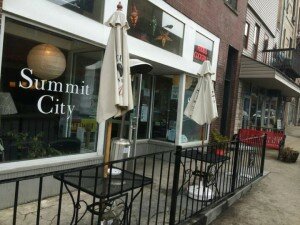
Big cities get a lot of attention for attracting the “creative class,” those folks who make their living in the arts, design, architecture or other creative fields. Much has been made of the importance of attracting this community, because, as the Daily Yonder says,”the creative-class thesis holds that communities that attract and retain more workers who are in creative occupations will fare better in today’s economy.” But new research from the USDA shows that there are plenty of rural counties that are attracting the creative class as well. And why not? While many creative types enjoy living in big cities, Appalachia’s storied tradition of arts and culture, our beautiful landscape and the revitalizing downtowns of many of our towns can be inspiration for any creative type. A low cost of living and plenty of affordable office space compared to the big city just adds to the appeal. Plus, as a previous Daily Yonder column detailed, artists (of all types) in big cities can get lost among so many trying to make it, whereas in smaller towns they can make more of a mark. So where do the creative class live in central Appalachia? According to this great interactive map, the top non-metro counties (which are in the top 25% of creative-class counties nationwide) are: Wautauga County, NC – the creative class makes up 26.3% of the working population. Athens County, OH – 26% Jackson County, NC – 23.1% Madison County, KY – 22.6% Swain County, NC – 22.2% Avery County, NC –...








